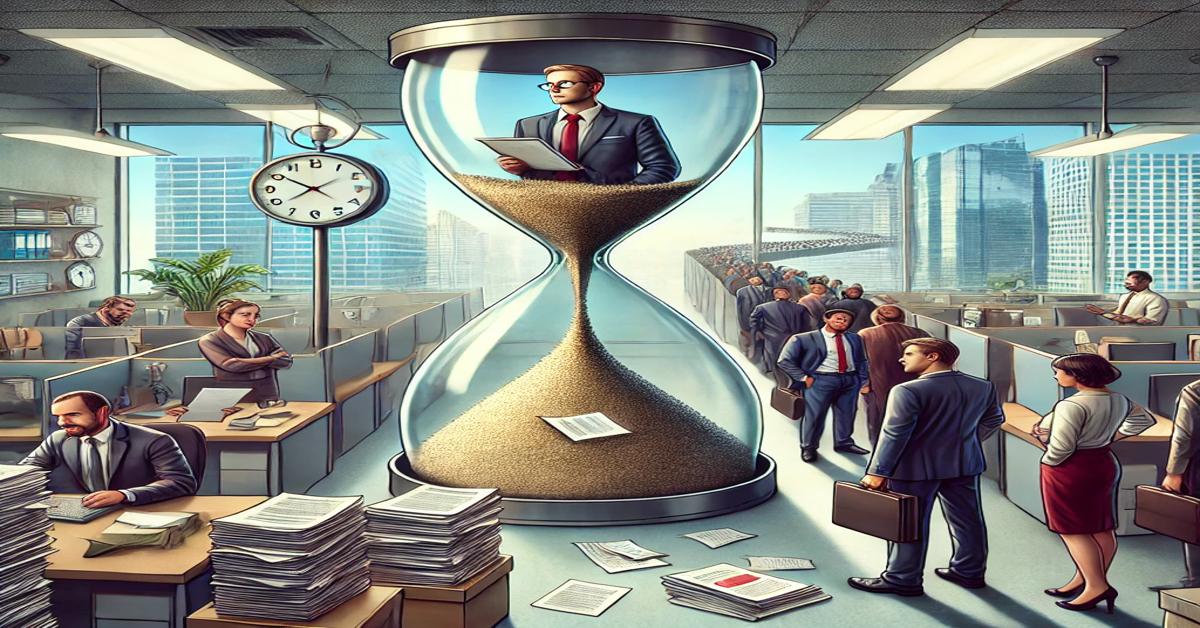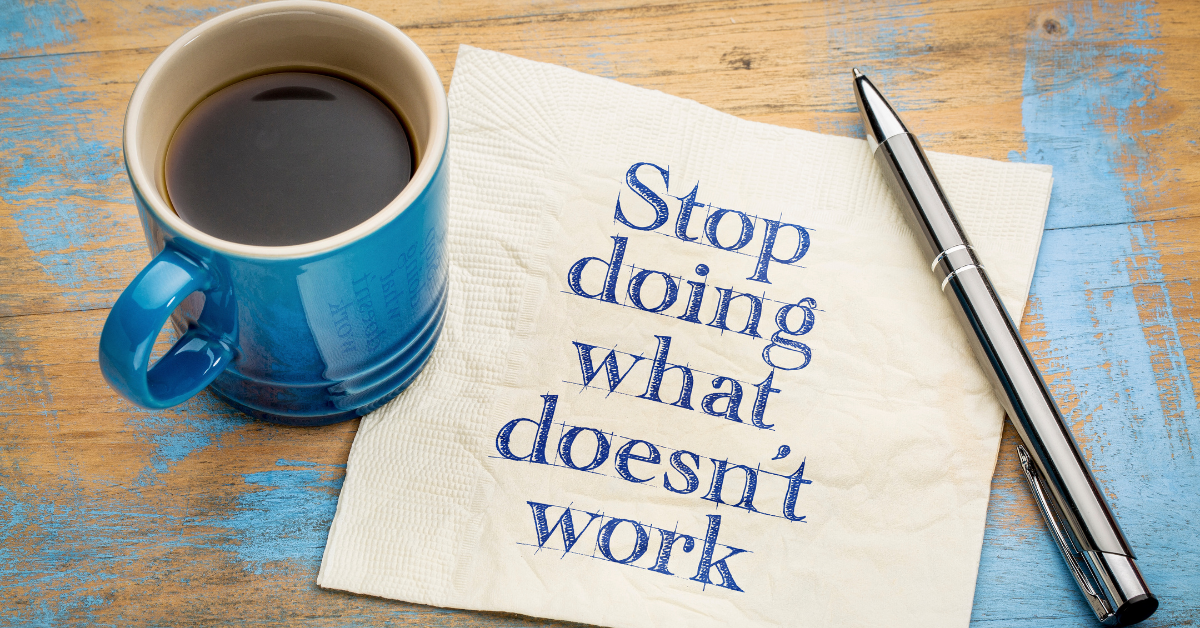Workplace fatigue, change fatigue and exhaustion is not the same as just being tired. While the world is opening up, many people have not returned to the office quite yet. After over two years of working from home – people are now actually feeling fatigued.
Exhaustion and fatigue is a group issue that needs to be addressed at an organizational level. 2020 pushed workers to their limits. Many dealt with and are still dealing with video-meeting fatigue, work from home fatigue, and of course, change fatigue.
There is no quick fix to a cultural change but your organization will evolve as new policies are put into place.
Leaders should work to collectively address the fatigue among their team – individuals don’t need to struggle alone.
According to David Altman, the Chief Research and Innovation Officer at the Center for Creative Leadership, psychological safety helps leaders understand the challenges and opportunities that exist throughout the organization. This will help them be more effective when leading a team through change.
In this blog post, we’ll be sharing some information on workplace fatigue as well as tips leaders can implement in their organization to help combat the fatigue that came from working remotely.
Sometimes change excites and ignites… but it also has the power to burn people out. More often than not, change is unfocused and unsuccessful.
Workplace fatigue and burnout are a result of us not having energy. Much of this fatigue is carrying the burden of problems, responsibilities, and more. After two years of working from home, it’s no wonder many people are feeling exhausted. Unfortunately, virtual meetings and chats just don’t have the same effect as speaking with someone in person.
Sometimes we need interaction with others to get over the feeling of fatigue. We need energy, not rest!
Did you know that getting too much sleep can be just as bad as getting too little sleep? Some people think that disconnecting will recharge them. Overdoing rest can put you into a different type of fatigue.
What you might assume you need is not actually the thing that recharges you. At work, what are we doing that requires our energy but fills our cups? Keep in mind people’s general level of productivity is not the same as it would be in an office.
A lot of companies are struggling to get to the root of this workplace fatigue problem and are only throwing band-aids over these issues instead.
For example, some workers are fatigued but what they might need is job realignment or structure instead of a day off.
As leaders, they need to take charge! They can help their team fight the exhaustion. Leaders might find it helpful to think about what types of work would energize their team, and how they would like to engage with the team instead of thinking of ways to take things off their plate. How can you assist them to make them feel engaged again?
What steps can leaders take to assist their team and guide them through workplace fatigue as they return to the office?
When implementing change, it is important to recognize and talk that change is both the beginning of something new and the ending of something that was once known to be the best practice. All these tips will work best in a psychologically safe environment. This way, people can take risks by speaking their truths with no fear of repercussions or backlash.
Acknowledge the change then embrace it
When faced with the unknown, we get anxious then tend to jump into action-mode. Instead of addressing the root cause of our anxiety, we dive into our work and push ourselves into exhaustion trying to find relief. It can be difficult to get your team on board with a change.
Discomfort is only a piece of what comes with change.
Your team may be nervous about a new venture. Make a point to have a meeting with them where they can voice their concerns and ask questions about the change.
Get to the heart of workplace fatigue by starting new rituals or habits
Daily habits can reduce stress during times of uncertainty. It doesn’t necessarily matter what the habit is but doing the same thing and at the same time each day is key. This ritual should be for the entire team and center on what matters most to them.
It could be harder to stick with this in larger organizations. An example of a habit could be to have a stand-up meeting each morning where each person shares something they find inspiring or interesting.
Make a plan that you will not deviate from
Our brains are wired to recognize patterns. We know how to handle known obstacles but when a new challenge presents itself that coping mechanism is broken. You’re not confident about the steps you should take which can make uncertainty exhausting.
We should plan but not set it in stone. View plans as reassurance that we have the skills to face what comes next. Adopt a flexible mindset when making plans. If you stay flexible, your team is less likely to get frustrated when change presents itself and be more willing to see it as a learning experience.
Avoid launching multiple changes at once
Launching changes while existing projects are still in full swing can cause issues for any team. It can cause confusion as they aren’t sure what their priorities are or responsibilities should be and they could become overwhelmed.
Focus on the initiative that is the highest priority. By focusing on one project, employees are able to be fully present and fully dive into it. This will be more productive as they won’t be multitasking and doing a little bit here and there.
Change does take a lot of work and it can take a lot out of us. But all of us should spend time working on things that give us energy. During times of change, with the proper tools you can help your team reenergize and re-engage with the work they love.
As a leader, try to generate excitement around new initiatives!
How are you battling workplace fatigue within your team? Share your thoughts below.
At NexLevel, we’re experts in building healthy organizations through cohesive teams and engaged employees. We will help you and your employees become the high-performance team you’ve always wanted to be by focusing on collaboration, creativity, culture, and connection.
Ready to get started? Get a snapshot of your company’s overall health.
“Take our FREE Organizational Health Survey” https://nexlevelteams.com/org-health-survey-form/
Patrick Lencioni’s topic title: You’re Not Tired, You’re Fatigued (20 min podcast) talks about this common issue of workplace burnout amongst corporations right now. https://atthetable-patricklencioni.libsyn.com/129-youre-not-tired-youre-fatigued




